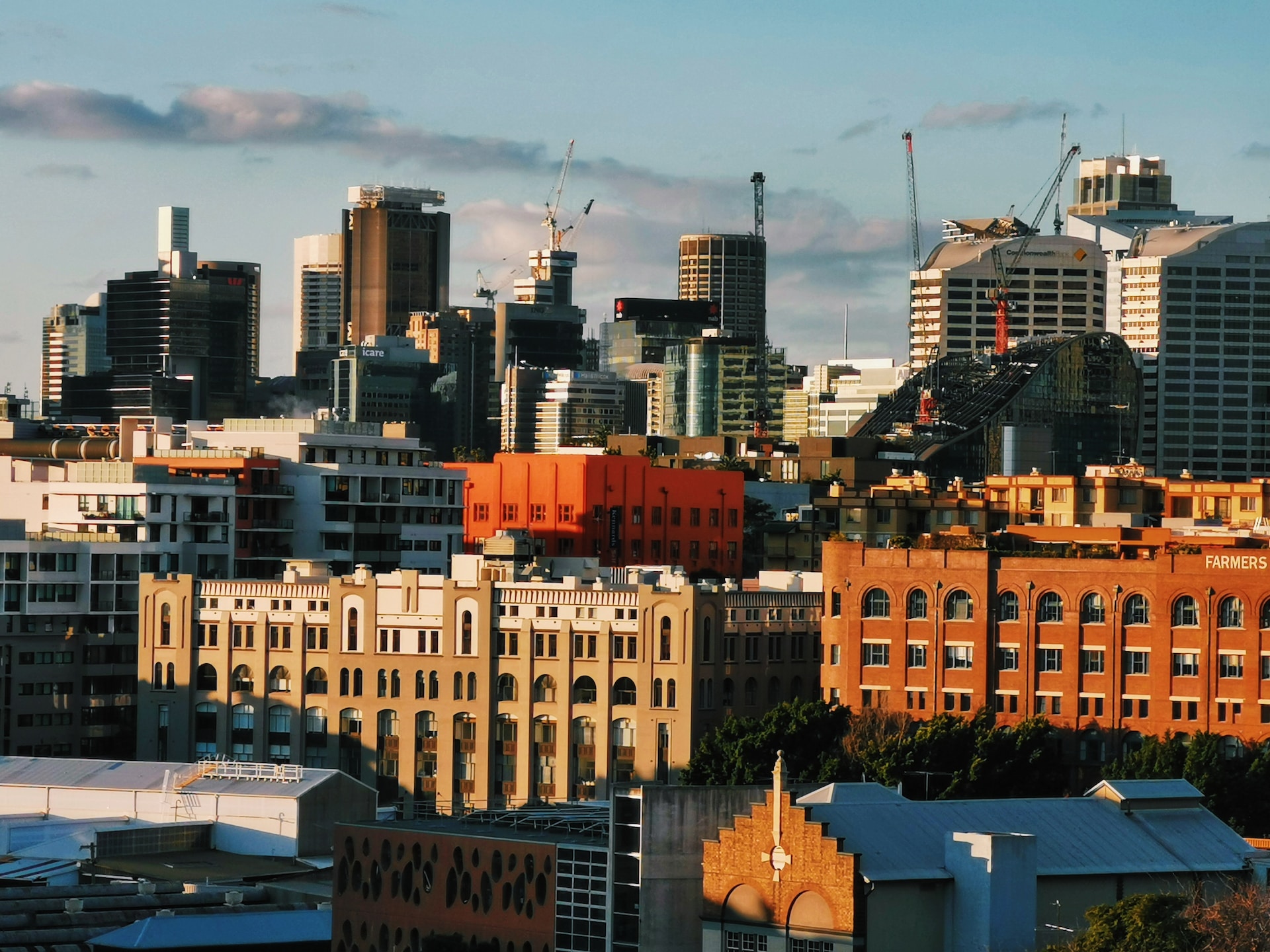

Question: What are Three Negative Effects of Gentrification?
Answer: Three negative effects of gentrification include displacement of longtime residents, loss of community culture, and increased housing costs, leading to socioeconomic disparities and reduced affordability.
What are Three Negative Effects of Gentrification? Introduction to Gentrification
Gentrification is a complex urban phenomenon where once-affordable neighborhoods undergo economic and demographic shifts. While it can lead to revitalized communities, it also brings significant challenges, especially in urban areas similar to those found in Ontario.
Displacement of Long-Term Residents
One of the most immediate impacts of gentrification is the displacement of existing residents. As property values rise, so do rents, often making it unaffordable for long-term residents to stay.
Click here to see the property value lookup
Please visit this page to learn more about the gentrification debate
Related Article: What are the Signs of Neighborhood Gentrification?
Related Article: How Does Gentrification Affect Real Estate?
Escalating Housing Costs
The influx of wealthier residents and investors drives up housing costs. This surge can lead to both direct displacement, through eviction or inability to afford rent, and indirect displacement, where residents choose to leave due to the changing neighborhood.
The Loss of Community
Displacement disrupts established community networks. Long-term residents, often with deep-rooted connections to the area, are forced to relocate, eroding the social fabric of the neighborhood.
Increase in Cost of Living
Gentrification often leads to a higher cost of living, affecting not just housing but also other aspects of daily life.
Changes in Local Businesses
As the neighborhood’s economic profile changes, local businesses that catered to the original community may close or be replaced by higher-end shops and services. This shift can make basic goods and services more expensive and less accessible to the remaining original residents.
The Economic Burden on Residents
The overall increase in the cost of living places additional financial strain on residents who manage to remain in the neighborhood. They may face not only higher rent but also increased prices for everyday necessities.
Cultural Erosion and Homogenization
The cultural landscape of a neighborhood often undergoes significant changes during gentrification.
Loss of Cultural Identity
Gentrification can dilute the unique cultural identity of a neighborhood. Local landmarks, cultural institutions, and community spaces may disappear, replaced by new developments that cater to a different demographic.
Homogenization of Neighborhoods
As gentrifying neighborhoods start to cater to wealthier residents, they often lose their distinct character. This homogenization can lead to a lack of diversity, both in terms of the community and the types of businesses and services available.
Altered Social Dynamics
The influx of new residents and the displacement of existing ones can fundamentally alter the social dynamics of a neighborhood.
Social Divides
Gentrification can create a divide between new and existing residents, often along lines of income, race, and social background. This division can lead to tension and a sense of alienation among community members.
Impact on Community Services
The changing demographic profile may also affect the availability and type of community services, with resources increasingly directed towards the needs of the newer, often wealthier, residents.
Challenges in Urban Planning and Policy
Gentrification poses significant challenges for urban planners and policymakers, especially in balancing development with community needs.
Addressing Affordable Housing
Creating policies that ensure a sufficient supply of affordable housing is a key challenge in gentrifying areas. Planners must find ways to accommodate growth without displacing existing residents.
Ensuring Inclusive Development
Urban planning should focus on inclusive development strategies that benefit the entire community. This includes preserving cultural landmarks, supporting local businesses, and ensuring access to essential services for all residents.
Use this link to learn more about Jennifer Jewell and how she can help you
Conclusion
Gentrification is a double-edged sword. While it can bring investment and revitalization to neglected neighborhoods, it also has significant negative impacts. Displacement of residents, increased cost of living, cultural erosion, altered social dynamics, and challenges in urban planning highlight the complex consequences of this process. It is imperative that policymakers and community leaders work together to mitigate these negative effects, ensuring that development is inclusive and benefits all members of the community.


